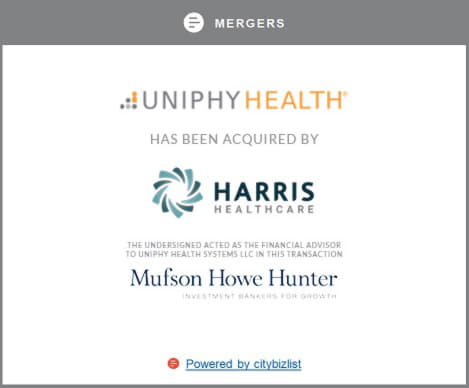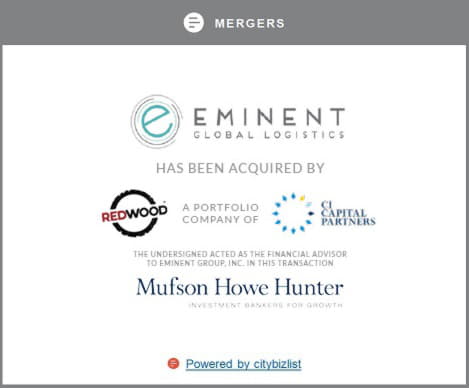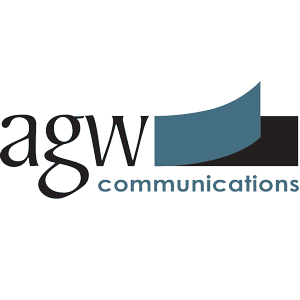Huntington Ingalls Industries (NYSE:HII) and Honeywell International (NYSE:HON) are two solidly run industrial companies, each benefiting in recent years from exposure to different parts of the aerospace and defense sector. Both companies have beaten the S&P 500's gain of nearly 70% over the past five years, though both stocks have been in the doldrums for much of 2018.
Coming off those solid runs, is either a strong buy today? Here is a deep dive into both companies, to explore which might be a better bet for investors looking to put new money to work right now.
| Company | Market Cap | TTM Revenue | Price-to-Sales Ratio | Forward P/E Ratio | TTM Dividend Yield |
|---|---|---|---|---|---|
| Huntington Ingalls | $9.75 billion | $7.59 billion | 1.28 | 13.2 | 1.2% |
| Honeywell | $109 billion | $41.4 billion | 2.63 | 16.6 | 2% |
DATA SOURCE: YAHOO! FINANCE. DATA AS OF JULY 6, 2018. TTM = TRAILING-12-MONTH; P/E = PRICE-TO-EARNINGS.
An "absolute no-brainer" stock?
Honeywell is an industrial conglomerate with operations spanning aerospace, building controls, performance materials, and security products. Many of its largest product lines serve mature markets and are cash-producing titans, with the company expected to generate nearly $6 billion in free cash this year. The issue in recent years has been growth: Honeywell has increased revenue at an average annual rate of just 1.5% over the past five years, though management has set a goal of growing earnings at a compound annual growth rate of 10% in the years to come.

A HONEYWELL HTS900 TURBOSHAFT ENGINE. IMAGE SOURCE: HONEYWELL.
Honeywell hopes to jump-start growth in part by shedding some of its underperforming units, including car parts and home systems. It is also a serial acquirer of bolt-on businesses, especially when it sees opportunities to add tech or higher-margin services in areas where it is already selling industrial goods to customers. In 2016 Honeywell spent $1.5 billion for Intelligrated, for example, to add supply-chain automation software to its stable of warehouse machinery and safety products.
Speaking at the UBS Global Industrials & Transportation Conference in June, chief commercial officer Que Dallara said Honeywell is particularly interested in buying companies that would boost its expertise in networking various devices. "Our view of the future simply is that you can't ignore the Internet of Things trend," Dallara said, according to reports. "It's like ignoring the Internet in the 1990s."
Thanks to its strong cash generation, Honeywell has money to spend. Cowen analyst Gautam Khanna earlier this year estimated the company will have about $10 billion available for deployment in 2018, including spinoff proceeds and repatriated cash. Even after dividends are paid, and accounting for debt repayment, that still leaves more than $5 billion before borrowings. Expect the company to prioritize dealmaking, with additional buybacks also possible if no good targets can be found.
Honeywell execs have made it no secret that they think the company's shares, currently trading at about $145 apiece, are undervalued. CEO Darius Adamczyk in April called Honeywell's stock a "steal" at $165 and an "absolute no-brainer" in the low $140s.
Honeywell isn't cheap, trading at a multiple to earnings slightly higher than those of competitors United Technologies and Ingersoll-Rand, and well above that of beleaguered General Electric. But Adamczyk's assessment could prove astute if the portfolio revamp goes as planned and Honeywell finds a good use for its cash pile.
A shipbuilder that has dived
Huntington Ingalls is a defense contractor focused on shipbuilding. This is a good specialization to have with the Pentagon drawing up plans to increase the size of the U.S. Navy by more than 25%, to 350 vessels.

THE USS GERALD R. FORD CARRIER, BUILT AT HUNTINGTON INGALLS' NEWPORT NEWS SHIPYARD. IMAGE SOURCE: HUNTINGTON INGALLS.
Talk of those plans has helped shares of Huntington Ingalls nearly double over the last three years. But in recent months shares of the company have fallen 20% from their peak, as investors walked away from the company's first-quarter earnings report fretting they had gotten ahead of themselves.
The logic behind the run-up was solid, as Huntington can boast a backlog of more than $20 billion in projects and hopes to grow revenue by 3% annually over the next five years. CEO Mike Petters, on a call with analysts in May, said this is "the most exciting shipbuilding environment in over 30 years."
But the more recent concerns are also valid. Huntington Ingalls is in the early stages of some of its key multiyear procurements, a period in which ramp-up costs are high and margins tend to come under pressure.
Following the stock reset, Huntington Ingalls is starting to look attractive again. Shares trade for just 13 times expected earnings, and the company in recent weeks has shown that additional work is flowing in. Huntington Ingalls was awarded $200 million to start assembling long-lead-time materials for the USS Enterprise, which is to be the third aircraft carrier in the new Gerald R. Ford class, as Congress seems poised to finally sign off on Huntington's long-running request to build two carriers simultaneously.
The company is also getting most of the Navy's work restoring and refurbishing older vessels, a key plank in the plan to grow the fleet. Huntington has excess capacity at its yards in Virginia and on the Gulf Coast, a key in winning work like the recent $27.5 million award to repair the USS Fitzgerald.
The better buy is...
I think that at these levels both of these companies are intriguing buys, but if forced to choose I'd put my money with Honeywell right now. Although its shares are currently more expensive than Huntington Ingalls', Adamczyk and his team have a solid plan to revitalize Honeywell, and the cash needed to quickly transform the portfolio.
HON AND HII DATA BY YCHARTS.
Although a relatively new CEO, having taken over in March 2017, Adamczyk served as chief lieutenant to his well-regarded predecessor Dave Cote; he should be able to continue running the playbook that has made Honeywell one of the most successful acquirers among industrial companies over the last decade.
The choice here is between the predictable and the potential for upside. While it isn't as simple as a "no-brainer," I do have faith that Honeywell's management will steer their company forward, and that over time, Honeywell will prove to be the better buy.
Huntington Ingalls Industries is not on our top "Buy" list, but these 10 stocks areInvesting geniuses David and Tom Gardner just released their best stocks to buy now -- and it could pay to listen. Especially when you consider their average stock pick is up 353% vs. a mere 81% for the S&P 500.
They just shared what they think are the ten best stocks for investors to buy right now to members inside their service Motley Fool Stock Advisor… and Huntington Ingalls Industries wasn't one of them! That's right -- they think these 10 stocks are even better buys.










